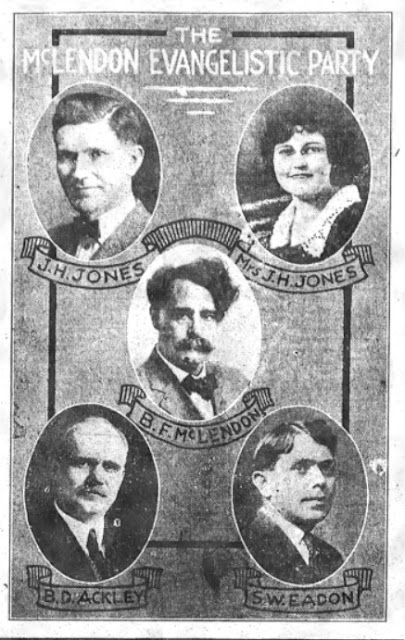Kim explained on the State Archives of North Carolina blog, "History For All the People" posted March 9, 2018.
"A goat cart was typically like a magnet to children in any town, and at the instigation of the photographer, the curious children would be invited to approach the spectacle coming down the street and pose in the little cart – with or without parental permission or oversight. And the photographer would snap picture after picture as delighted children took turns in the cart, squealing with delight, and drawing the attention of more and more children and adults. The carts were often colorfully decorated, and many were numbered on their sides as if they were part of a fleet. Each cart usually had a plaque on the front as well with the year and often the name of the town painted on it, thus making a photo of a child in such a cart an instant precious keepsake. The simple genius of appealing to the universal instincts of children who love cute furry animals and rides, and preying on the sentimentality of parents to indulge their children and want pictures of their children, especially when they are doing something adorable, guaranteed the goat cart racket to be a nearly fool-proof revenue generator for photographers through the 1930s."
 |
| Claud, Bill, Fred, Paul and Tom Stroup with their goat cart. The boys were born between March 1902 and January 1910 dating the photo to the mid-1910s. |





